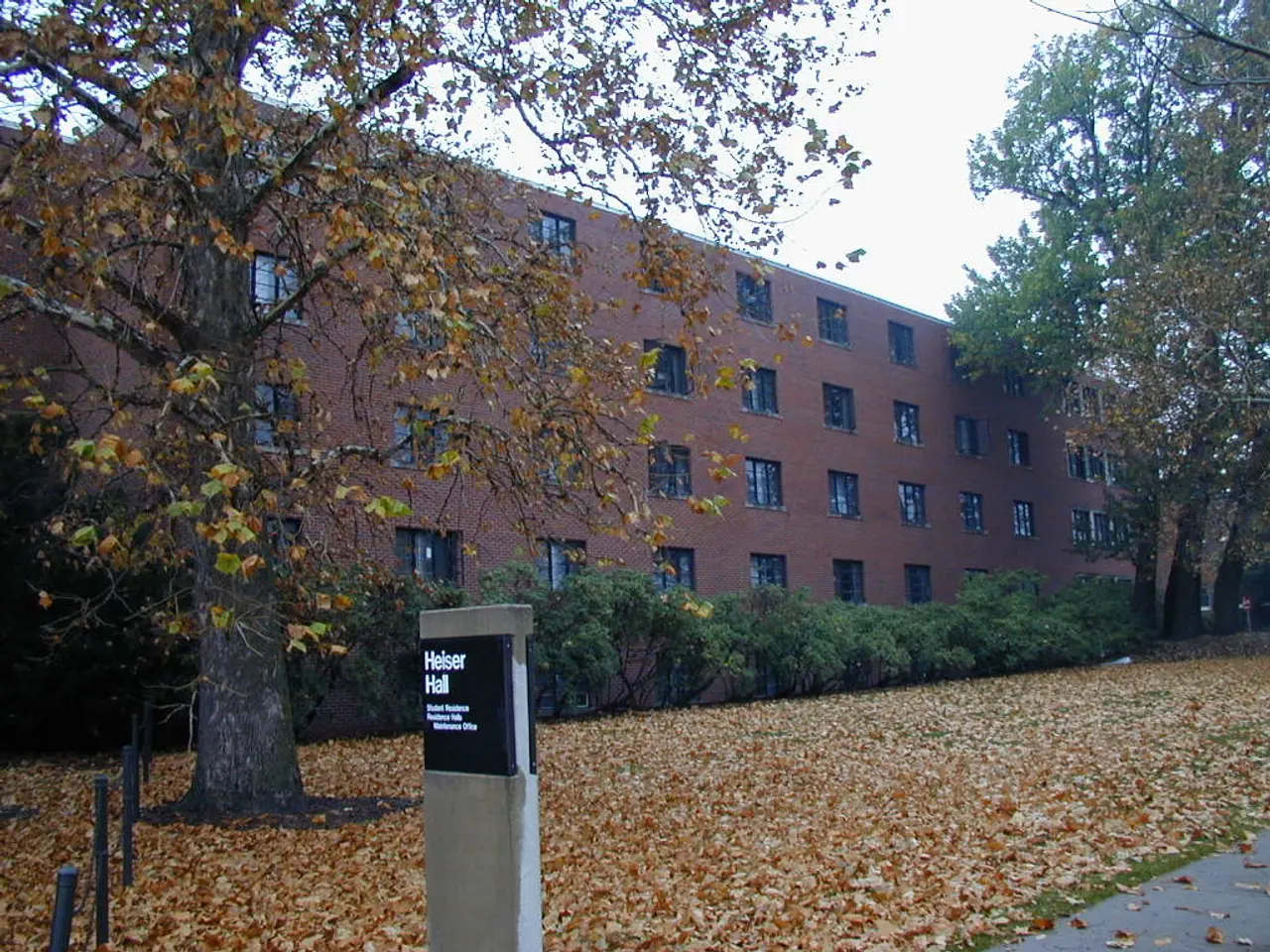Dementia-Related Wandering and Spatial Perception Issues
Dementia, a condition that affects memory, cognition, and behavior, can also impact an individual's spatial awareness. This refers to the ability to perceive and navigate through one's environment.
One of the common challenges associated with dementia is dementia wandering, where an individual walks aimlessly without a clear sense of direction or purpose. This condition can be triggered by factors such as boredom, restlessness, confusion, fear, or trying to find a familiar place or person.
To address this issue, a holistic, respectful approach is essential, balancing safety with dignity and autonomy for individuals with dementia. This approach involves a combination of environmental modifications, activity engagement, use of technology, and empathetic caregiving tailored to the individual's needs and behaviors.
Creating a Safe and Familiar Environment
A safe and familiar environment is crucial for individuals with dementia. This can be achieved by reducing clutter, using clear visual cues such as labels with pictures or contrasting colors, and installing safety features like grab bars and night lights to support safe mobility and reduce sensory confusion.
Supporting Independence and Engagement
Personalized, meaningful activities can help reduce restlessness and the urge to wander. These activities could include folding laundry, gardening, simple puzzles, or listening to music. Scheduling activities around typical wandering times can also help manage behavior.
Securing the Environment
To prevent unsafe exits, it's important to secure the environment. This can be done by using high or hidden locks on doors/windows, installing door alarms, removing hazards, and ensuring clear pathways. Informing neighbors and local police about the risk can expedite search if wandering occurs.
Using Technology Wisely
Technology can assist in rapid location and monitoring while respecting privacy and consent. This could include GPS tracking devices (wristbands, shoe inserts), bed alarms, or smart sensors.
Cognitive and Sensory Support
Large clocks, calendars, and clear signage can aid orientation. Reducing sensory overload by minimizing noise and using familiar objects can help reduce distress related to distorted sights and sounds that affect spatial awareness.
Person-centered Communication and Reassurance
Employing calm, empathic approaches like validation therapy can help address anxiety or confusion that may trigger wandering.
Planning and Preparedness
Planning and preparedness for wandering incidents are crucial. This includes having important documents ready, knowledge of patterns via logs, and multi-disciplinary support networks to improve safety outcomes.
Additional Strategies
Visual scanning exercises and balance exercises can help improve spatial awareness in people with dementia. Lifestyle changes such as getting regular exercise, maintaining a healthy diet, and engaging in social activities can also contribute to better spatial awareness.
Cognitive stimulation therapy (CST) can be beneficial for improving spatial awareness in people with dementia. Caregivers can provide emotional support and reassurance to the person with dementia. Installing handrails or grab bars can help a person with dementia move around more safely.
It's important to note that the loss of spatial awareness can occur in different forms of dementia, including Alzheimer's disease, vascular dementia, and Lewy body dementia. The loss of spatial awareness can also be related to changes in sensory perception, such as vision and hearing. Providing visual cues and landmarks can help a person with dementia navigate their surroundings more easily.
Researchers suggest that occupational therapists should check how well people can understand and navigate their surroundings, especially if they are in the early stages of dementia. Engaging the person with dementia in activities they enjoy can help improve their mood and overall well-being.
In dementia, spatial awareness is affected due to the damage that dementia causes to the brain's structures responsible for processing spatial information. Studies show that up to 80% of people with dementia experience some form of spatial disorientation or navigational difficulties.
In conclusion, a comprehensive approach that considers environmental modifications, activity engagement, use of technology, and empathetic caregiving can significantly improve spatial awareness in individuals with dementia, thereby reducing the risk of dementia wandering.
- The use of technology, such as GPS tracking devices and smart sensors, can assist in improving safety for individuals with dementia and help in rapid location and monitoring.
- Personalized, meaningful activities can support independence and engagement for individuals with dementia, reducing restlessness and the urge to wander.
- Cognitive stimulation therapy (CST) can be beneficial for people in the early stages of dementia, as it can help improve their ability to understand and navigate their surroundings.




